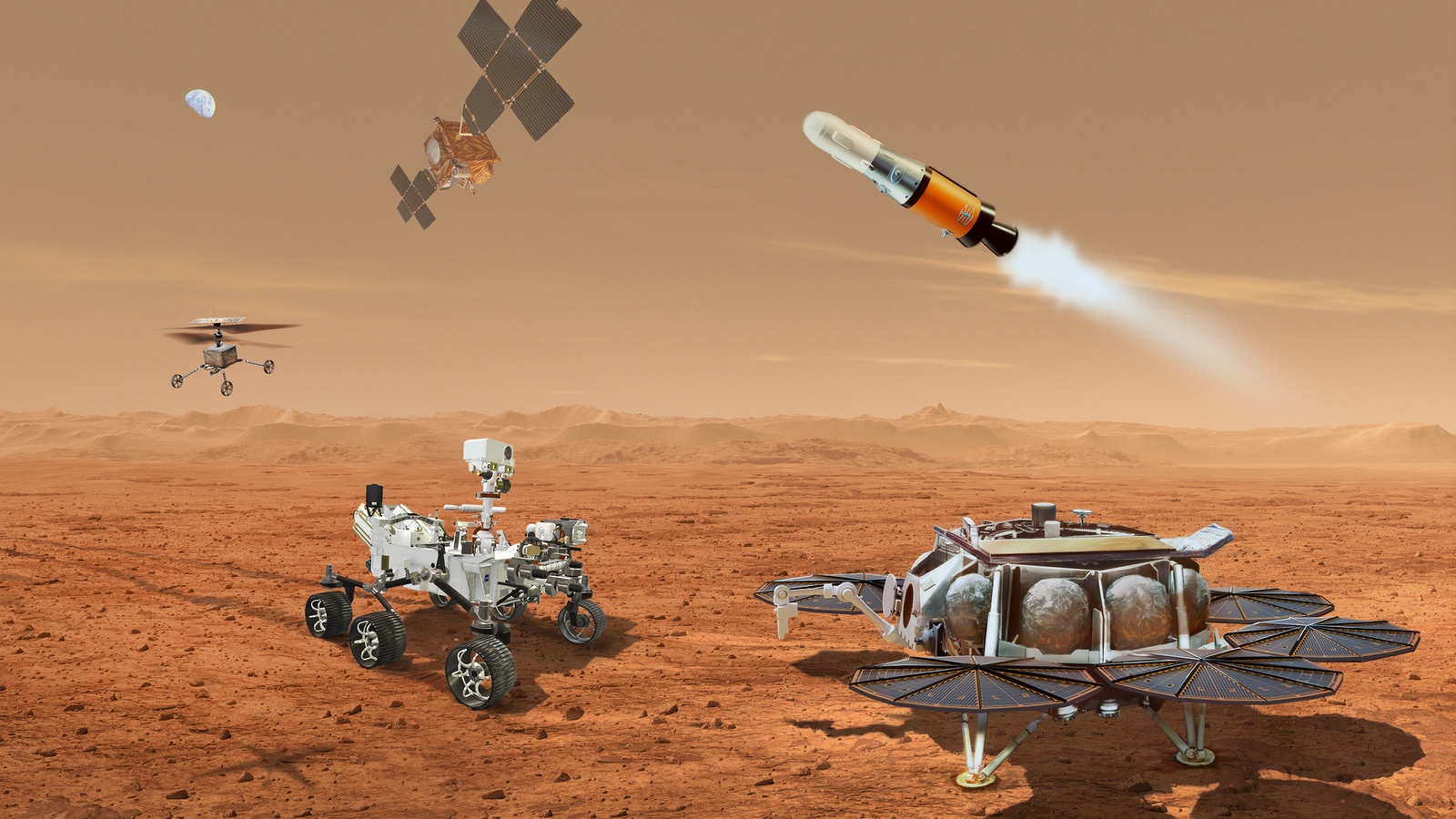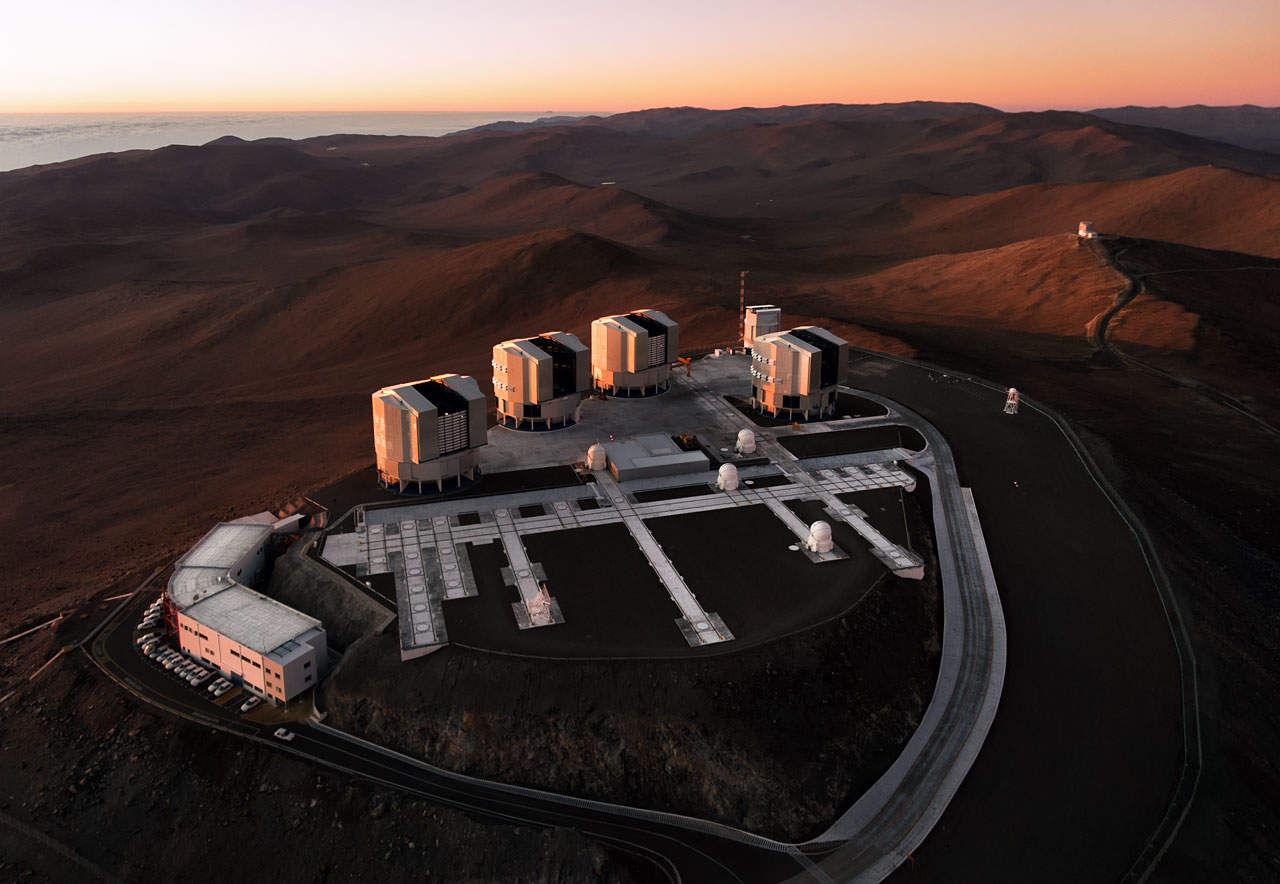MSR problems illustrative of challenges for NASA flagship missions, audit concludes

WASHINGTON — As decision loom about its funding and architecture, a NASA review about the Mars Sample Return (MSR) program concluded its problems illustrate ongoing challenges the agency has managing large missions.
NASA’s Office of Inspector General (OIG) published an audit of the MSR program Feb. 28 that concluded that spiraling cost estimates can be linked to a lack of a stable design for the key elements of the effort and “initial over-optimism†in its development.
The report did not identify any major new issues with MSR beyond the assessment of an independent review board in September 2023, which concluded the program’s cost and schedule estimates were unrealistic and that the total cost of the effort would likely be in the range of $8 billion to $11 billion. That led NASA to start a reassessment of the overall MSR architecture that is ongoing.
The OIG audit noted that, as of June 2023, MSR had an unofficial lifecycle cost estimate of $7.4 billion. While less than the range offered by the independent review, that figure is significantly higher than past estimates. The cost growth was “of particular concern†to OIG, which concluded that “the $7.4 billion estimate is premature and may be insufficient.â€
A particular focus of the report was one element of MSR, the Capture, Containment and Return System (CCRS). That is a system being developed by NASA that will be installed on the Earth Return Orbiter being built by the European Space Agency. The CCRS will capture the sample container placed into Mars orbit, sterilize it and seal it in a capsule for return to Earth.
The CCRS did not complete its preliminary design review until December 2023, more than a year behind schedule, as the project grappled with technical and cost challenges. That included a change in its sterilization system to comply with planetary protection requirements. Those delays contributed to $200 million in additional costs and a delay that, the audit concluded, “also threatens the MSR Program’s ability to proceed into development, which will likely significantly delay the launch schedule.â€
The report warned that while supply chain problems, inflation and other pandemic-related issues may have contributed to cost increases on MSR, the agency should not try to blame MSR’s costs on those issues alone. Large missions, it stated, historically suffer from issues like “initial over-optimism†and “a less than optimal design/architecture†in those early phases.
OIG concluded that “it is important that these intrinsic characteristics be given proper consideration and that management does not simply attribute past cost growth to the COVID-19 pandemic, inflation, or supply chain issues.â€
OIG noted that the cost and schedule problems for MSR are just the latest experienced by NASA’s flagship science missions that prompted an agency review called the Large Mission Study that was completed in 2020. That study found the need to provide more guidance for flagship missions in their early “pre-formulation†phases.
“NASA has yet to incorporate the results and recommendations into its practices and guidance for executing flagship missions,†the OIG audit stated. “While there are differing opinions in the project management and execution community regarding the level of guidance and resources that should be applied to large missions during pre-formulation, the results of the Large Mission Study and the ongoing issues with the MSR Program suggest that NASA should formally reconsider its current practices.â€
The OIG audit was released as MSR faces key decisions in the coming days and weeks about its future. NASA has been operating under a continuing resolution funding the government at 2023 levels since the start of the 2024 fiscal year Oct. 1.
However, because of significant differences between a House bill that would fully fund MSR at nearly $950 million in 2024 and a Senate bill that would provide only $300 million, NASA directed the MSR program in November to slow down work in the event it received only the Senate funding. That included pausing work on the CCRS after its preliminary design review. Continued uncertainty about MSR funding led the Jet Propulsion Laboratory to lay off 8% of its workforce in early February.
Congressional leadership announced Feb. 28 an agreement to move forward on half of it 12 appropriations bills, including the commerce, justice and science bill that funds NASA. The agreement calls for passing that package of bills by March 8, providing NASA certainty on funding for MSR for this year. The White House, meanwhile, is expected to release its fiscal year 2025 budget proposal as soon as March 11.
NASA is also expected to release this month the results of the reassessment of the MSR architecture. Agency officials have stated in the last few months that they were making good progress on that effort but did not disclose details, such as what new architectures they were considering.
Related
Read the original article here




